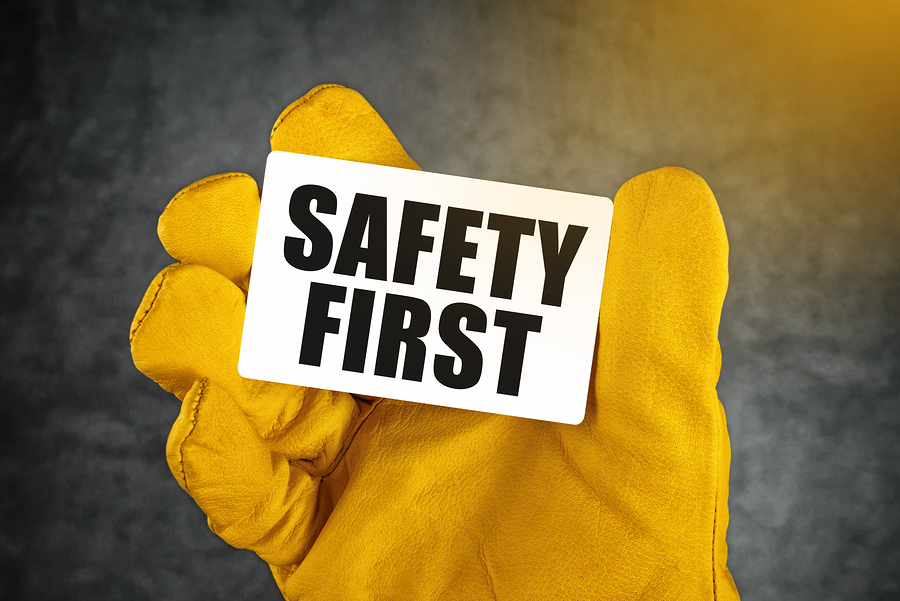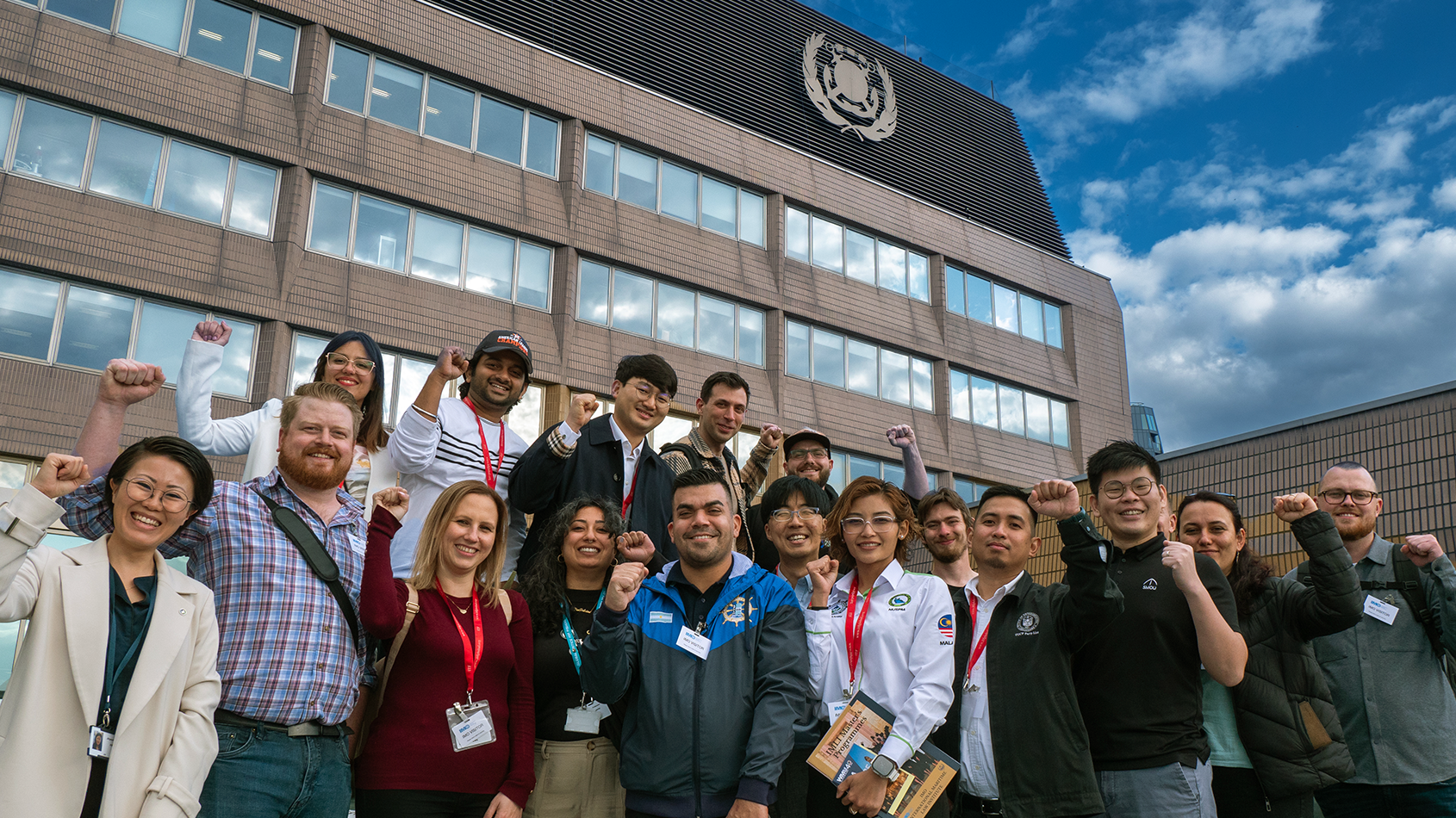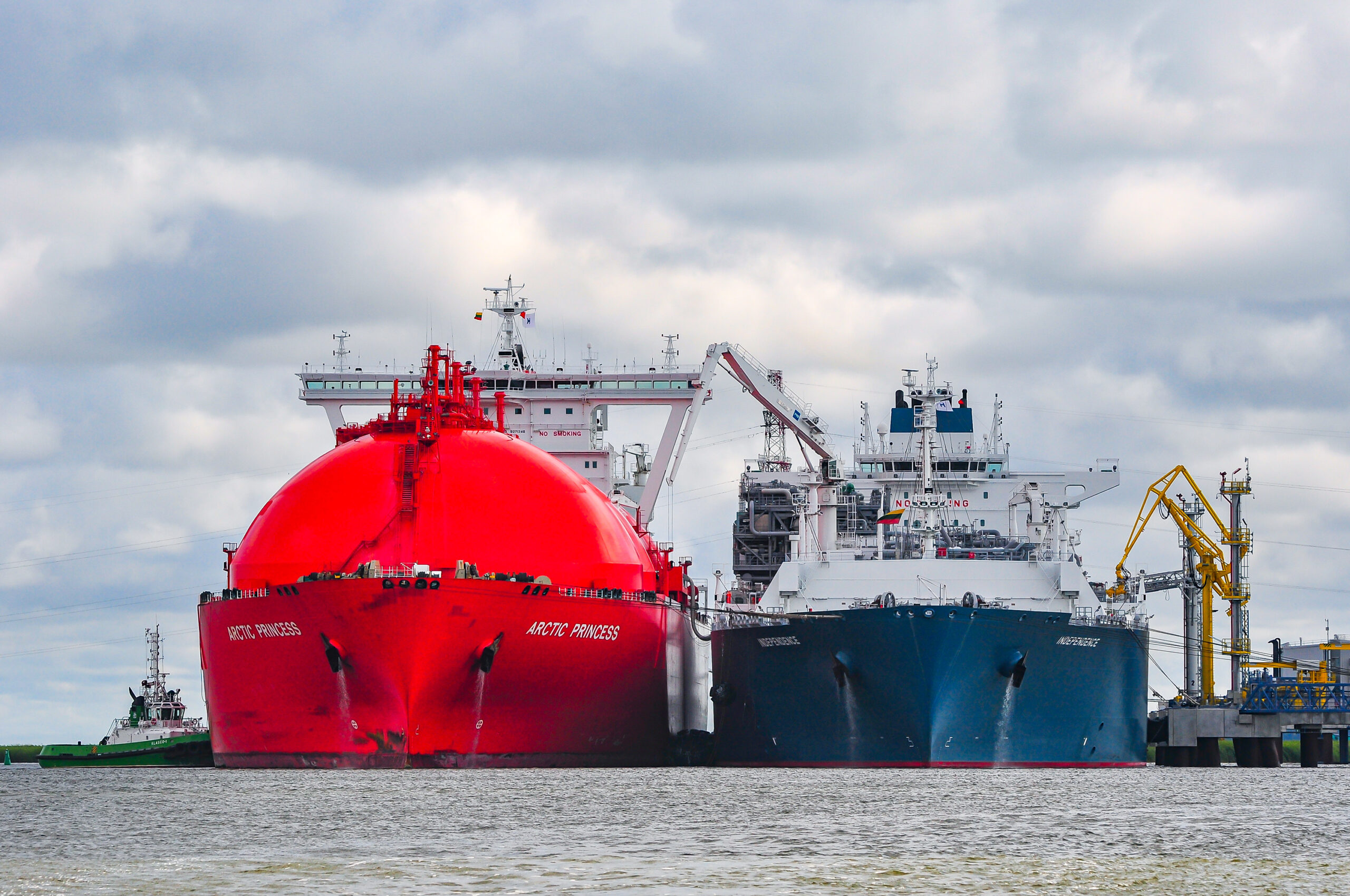Safety in any workplace is paramount and does not cost as much as a serious accident.
IN the last two months, the Marine Accident Investigation Branch reported on a fatal auxiliary boiler explosion, serious head injuries to crew from equipment, fire, carbon monoxide poisoning, overboard fatalities, and many other injuries to seafarers as a result of carrying out their daily work tasks.
As Philippe Baudon, CEO of industrial, international companies, reported last month, fatalities occur daily in the workplace. Of course there are financial and legal consequences that must be considered but above all, staff should not go to work in the morning, never to come home again.
Based on Baudon’s thought process towards a safety-first culture, here’s five tips (yes, you can count them on one hand), from an industrial expert that can be directly implemented into the maritime sector.
1. Be aware and talk. 
Risk analysis, procedures and instructions are critical but Baudon believes only sustainable results can be achieved by people being aware of their actions and collaborating to improve safety. This is enhanced through talking about safety. Share accidents when they happen, not to finger point but to generate a learning process. Baudon suggests beginning the day with talking about safety, sharing experiences and making it more of an everyday discussion so that people are engaged in it constantly.
This is critical in the maritime industry where accidents have been attributed to incorrect equipment use or lack of following procedure. Talking about previous accidents, why and where they happened could help seafarers not to make the same mistakes again.
2. Consider using the Dupont Bradley curve.
Developed by Dupont in 1995, the infographic illustrates how to develop a high quality safety culture by shifting the mindset to consider safety first. It involves moving away from a reactive state of mind where responsibility is not really taken and the ethos is that accidents will happen is taken. It emphases the importance of moving to an interdependent stage where employees feel ownership for safety and take responsibility, do not accept low standards or risk taking.

This is very applicable to crew working on board large and dangerous vessels. Having the confidence to refuse a task if there are questions of safety at hand could prove life-saving.
3. Think of safety as a project.
Baudon suggests that to achieve a true safety culture, safety must first start with a roadmap. Listing steps, prioritising them, only taking a new one once the existing ones are well embedded into daily routine. A safety-haste  rather than a safety-first culture is often the result of too many projects running in parallel claims Baudon.
rather than a safety-first culture is often the result of too many projects running in parallel claims Baudon.
4. Make safe actions visible.
Baudon recommends making safety visible, such as displaying the number of accident-free days outside a plant entrance. Baudon had a unique idea of asking staff to park their cars backwards when arriving at work. Firstly, it gives better visibility on leaving and second, it immediately triggers a safe way of thinking from the moment the employees are in the working environment.
Drawing attention to the safe work that takes place generates a positive safety vibe. This is particularly important to seafarers where accidents and news of fatalities is all too common.
5. Believe that it is possible to have a 0-accident environment. 
Baudon emphasises the importance of believing the possibility of a zero-accident zone. This must start with the team manager – set the example, ensure your credibility and make sure that everyone believes their job to be as risky as another person’s job.
These key learnings were adapted from Philippe Baudon’s article published on LinkedIn on June 30 this year.
Fathom-News

































